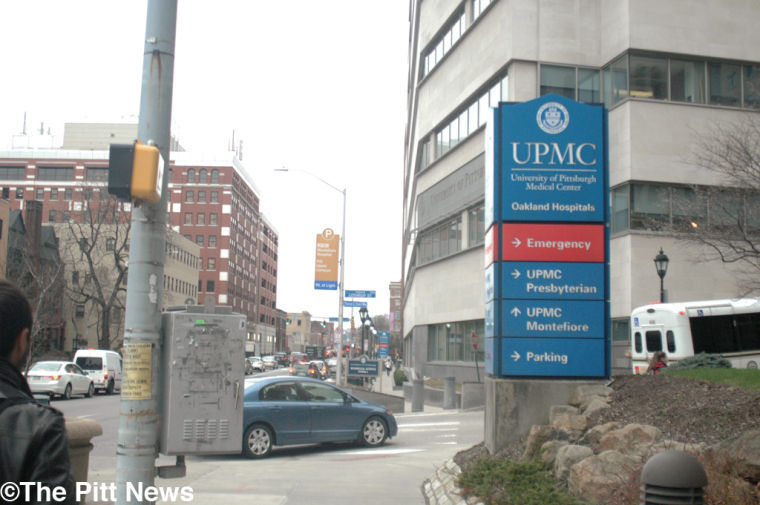Pitt researchers confident suspended animation will save lives
April 8, 2014
Gunshot and knife wound victims who have undergone traumatic cardiac arrest might have a higher chance of survival with a new medical technique called emergency preservation and resuscitation.
A UPMC research team headed by Dr. Samuel Tisherman started screening patients on April 1 to determine whether they were eligible to have the procedure performed on them.
Emergency preservation and resuscitation is a procedure that replaces the blood of patients who have experienced traumatic cardiac arrest — a condition in which a patient’s heart stops beating, usually because of a stab or gunshot wound — with a cold saline solution that cools the body and suspends metabolic activity. The suspended state of the body buys doctors time to attempt resuscitation.
Tisherman, lead EPR researcher and associate director of the University’s Safar Center for Resuscitation Research, has worked on the development of EPR for more than 20 years since he was a medical student, according to UPMC’s website.
According to Tisherman, the current procedures used to resuscitate patients — intubation, blood transfusions and CPR — who experience traumatic injuries do not always work.
“Right now, the chances of survival with [the current procedures] is one in 10,” Tisherman said.
Tisherman said that replacing a patient’s blood with the cold saline solution and suspending the metabolic activity gives doctors more time to save the patient’s life because at lower body temperatures, cells need less oxygen to produce energy. In an emergency, cooling the body down could allow attending doctors more time to save a patient’s life.
According to Tisherman, Dr. Peter Safar, a critical care physician at Pitt from 1979 until 1994, started EPR research after he realized that doctors can revive those who drown in cold water lakes up to two hours after they stop breathing.
Safar, known as the father of CPR and the namesake of the Safar Center for Resuscitation Research, researched and developed EPR more than 20 years ago. After Safar died in 2003 at age 79, Tisherman and his team members helped to continue his research.
Tisherman said EPR is poised to be successful because it utilizes the same concept of cold preservation.
Currently, Tisherman said he and his team of doctors and researchers are waiting for an eligible patient on whom to perform EPR. A victim of a penetration wound, such as a gunshot or a stabbing, would qualify to participate in the study.
People can opt out of participating in the study by obtaining a wristband through UPMC.
Dr. Ankur Doshi, a physician and assistant professor of medicine at Pitt’s Department of Emergency Medicine, said UPMC Presbyterian Hospital currently has about 10 to 15 patients each year who would be eligible for such a procedure. According to Doshi, members of the Department of Emergency Medicine are available to assist in the identification of eligible patients.
“We have emergency physicians standing on call that keep in contact with the city of Pittsburgh and other local EMTs via radio or telephone 24/7,” Doshi said.
Doshi said he believes if the procedure succeeds, it will be a triumph for both patients and doctors.
“Every one of our patients is someone’s child,” he said. “A lot are someone’s parents, brothers and sisters. We all went to medical school to try to help people, and this is a really fun way to do it.”
Doshi said he believes that the success of EPR could potentially lead to a change in the definition of death. According to Doshi, when people are pronounced dead, their cells are still working, even if they have lost other vital signs.
A procedure such as EPR could resuscitate those pronounced dead.
“When a victim who has had traumatic cardiac arrest arrives, they may have no pulse, no blood pressure, but that doesn’t mean that all their cells are not completely viable with appropriate preservation,” Doshi said.
Raquel Forsythe, associate director of the trauma surgery division at UPMC Presbyterian Hospital, will be one of the first trauma surgeons to perform EPR. Forsythe said she is looking forward to performing the procedure since it is something doctors have never done before.
“Whenever you embark on something in science and start pushing the boundaries by saving patients that you would never actually save before, it is very exciting,” Forsythe said.



